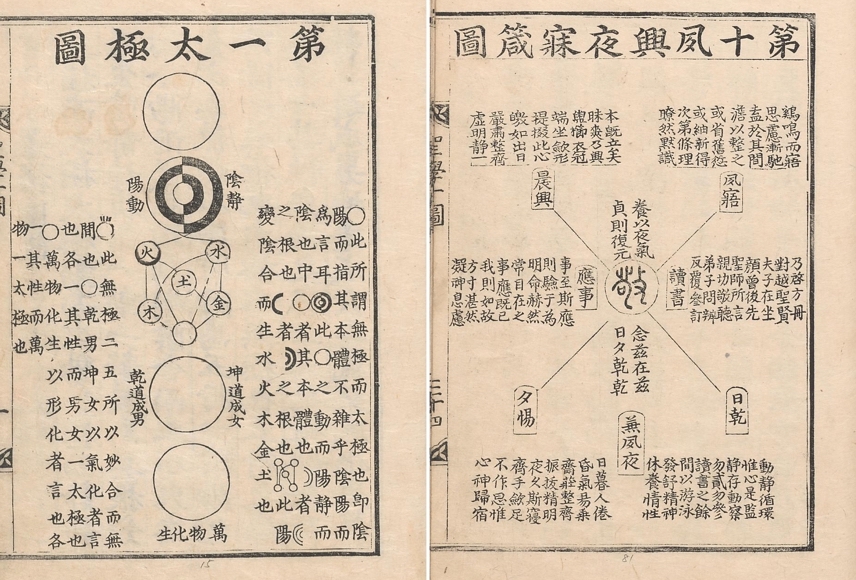Tae Kwon Do over Yoga

I was recently asked about the ideology and benefits of Taekwondo, and I thought sharing this information could be beneficial to others as well. Here’s a detailed explanation:
The philosophy behind Taekwondo shapes our values and becomes embedded in our culture. Just as monarchies upheld the ideology of sovereign rule, and democracies embrace the principles of freedom and human rights, different eras are defined by their prevailing ideologies, which in turn influence culture, laws, and order.
What motivates us to rise each day and carry out our daily routines? According to the philosopher Freud, it’s our sexual desires. Others believe it’s money, or the need to win in court. Each person’s motives vary, and these motives drive us to diligently pursue our goals. When the desire to achieve and the drive to act converge, it generates powerful energy.
Even as far back as 500 BC, sages sought answers to these questions. However, it was two great Korean scholars from the 1600s, Yi Hwang and Yi Yi, who articulated the interaction between the principles of the universe and human nature through the concepts of ‘li’ (理) and ‘ki’ (氣). Similarly, Western philosophers like Immanuel Kant explored these ideas, and modern quantum physics has provided scientific validation for these principles. Concepts like Ego, ID, and Super Ego are reflections of this understanding.

Despite these insights, such concepts can still be challenging for the average person to grasp. ‘li’ and ‘ki’ are akin to the scientific principles of quantum physics, and even when simplified, they can seem abstract and elusive. To address this, Korean Neo-Confucian scholars developed the ritual of Taeguk approximately 500 years ago. Through daily repetitive patterns, which we call Poomsae(품새), they aimed to imprint the balance of ‘li’ and ‘ki’ into the cells, an approach supported by modern medical understanding of hormonal balance and its effects on the body.
Thus, Taekwondo was born. It involves repetitive practice of various forms (poomsae), with practitioners advancing through ranks (dan) to deepen their training. Collectively, these forms are called Taekwon, and the continuous practice aimed at self-improvement is known as ‘Do,’ hence Taekwondo. Externally, Taekwondo develops muscles and physical prowess (ki), while internally it fosters virtues like benevolence, righteousness, propriety, and wisdom. These virtues manifest as pity or sympathy (측은지심), conscience (수오지심), modesty and yielding (사양지심), and the ability to discern right from wrong (시비지심), enhancing one’s character (Li). These four positive aspects of human nature (yi) interact with seven human emotions (ki) to balance our body and mind. The seven emotions are happiness (희), anger (노), sadness (애), fear (구), love (애), hate (오), and craving (욕).
To simplify, while the desire to punch and the act of punching are innate abilities, Taekwondo teaches practitioners to refine these actions through proper techniques and balance. This harmony of ‘li’ and ‘ki’ not only enhances physical power but also brings about significant internal changes. A balanced hormone system leads to improved metabolism and self-healing, often resulting in a healthier body without conscious awareness.
Moreover, the impact extends to one’s thoughts and values. Practicing Taekwondo can transform one’s character, enhancing sincerity, empathy, and humility, and improving interactions with others. This has been confirmed through recent clinical studies on children in the UK.
Therefore, Taekwondo is not just a sport but a way of life that manifests in various professions, be it a lawyer’s practice in court or a doctor’s medical care, contributing to the betterment of society. Clinical evidence shows that children who practice Taekwondo exhibit different attitudes and academic performances compared to those who don’t.
Taekwondo’s recognition as a practice for personal development, beyond mere physical training or sport, is sustained by the solid foundation provided by the Kukkiwon. As the spiritual backbone for Taekwondo practitioners, it serves as an unwavering standard and guide.
Remember, Taekwondo is designed to develop you into a better, more passionate, and effective professional, not just to enhance physical fitness or competitive skills.
You have invested valuable time today in this lesson, and if you take away one thing from this lecture, let it be the name Kukkiwon. There are many forms and faces of Taekwondo, and Taekwondo without the principles of Kukkiwon would be (ki) without the (yi).
